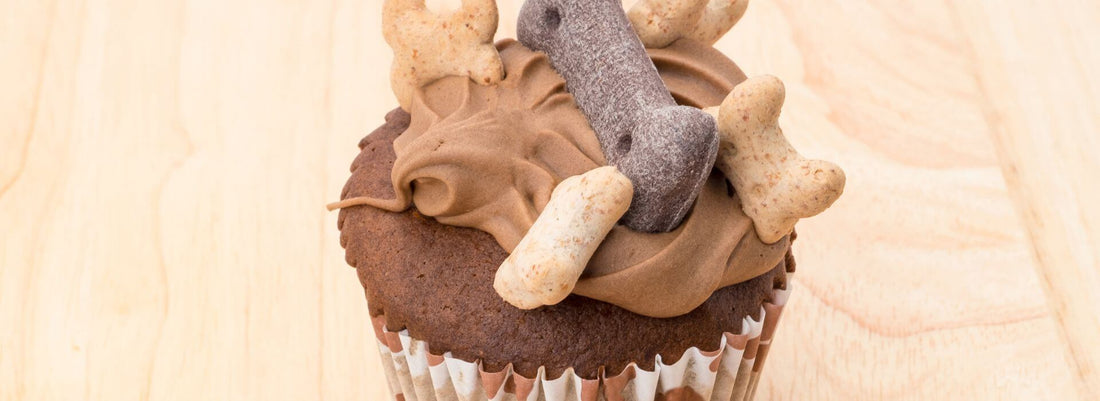Understanding the dangers and what to do if your dog has ingested chocolate.
As pet owners, it's essential to be aware that chocolate can be toxic to dogs. While we may enjoy the sweet indulgence, chocolate contains a compound called theobromine that dogs cannot metabolize effectively. In this article, we will explore why dogs should not consume chocolate, the potential dangers it poses to their health, and what steps to take if you suspect your dog has ingested chocolate.
The Dangers of Chocolate for Dogs
Theobromine Toxicity
Theobromine, a stimulant found in chocolate, can cause adverse effects in dogs. Dogs metabolize theobromine much slower than humans, leading to a build-up of theobromine in their system and potential toxicity.
Types of Chocolate and Theobromine Content
Different types of chocolate have varying amounts of theobromine. Dark chocolate and unsweetened baking chocolate contain higher levels of theobromine compared to milk chocolate or white chocolate, making them more toxic to dogs.
Potential Health Risks
Ingesting chocolate can lead to a range of symptoms in dogs, including vomiting, diarrhea, restlessness, rapid breathing, increased heart rate, muscle tremors, seizures, and even cardiac arrest in severe cases.
What to Do If Your Dog Has Ingested Chocolate
Assess the Situation
If you suspect your dog has eaten chocolate, gather information on the type and amount of chocolate ingested, as well as the dog's weight, to provide essential details to your veterinarian.
Contact Your Veterinarian
Contact your veterinarian immediately for guidance. They will assess the situation based on the chocolate type, amount consumed, and your dog's size, breed, and overall health.
Inducing Vomiting (if advised by a veterinarian)
In some cases, your veterinarian may recommend inducing vomiting at home using hydrogen peroxide. However, never attempt this without professional guidance, as it can be dangerous if done incorrectly.
Treatment and Monitoring
Your veterinarian may recommend treatment options such as activated charcoal administration to bind the theobromine, intravenous fluids for hydration, medications to manage symptoms, and close monitoring of your dog's vital signs.
Preventing Chocolate Toxicity in Dogs
Educate Yourself and Others
Understand the dangers of chocolate and educate family members, friends, and visitors about the risks to ensure they don't inadvertently offer chocolate to your dog.
Secure Chocolate and Store It Properly
Keep chocolate products out of your dog's reach. Store them in closed containers or cabinets to prevent accidental access.
Offer Dog-Safe Treats
Provide your dog with appropriate, dog-safe treats specifically formulated for them. Consult with your veterinarian for recommendations on suitable treats and portion sizes.
Conclusion
Chocolate can be toxic to dogs due to the presence of theobromine. Understanding the dangers and taking preventive measures are crucial for the well-being of our furry companions. If you suspect your dog has ingested chocolate, contact your veterinarian immediately for guidance. Prompt action and professional advice can make a significant difference in ensuring your dog's safety and well-being. Remember, prevention is key, so keep chocolate out of your dog's reach and provide them with safe alternatives for treats.

